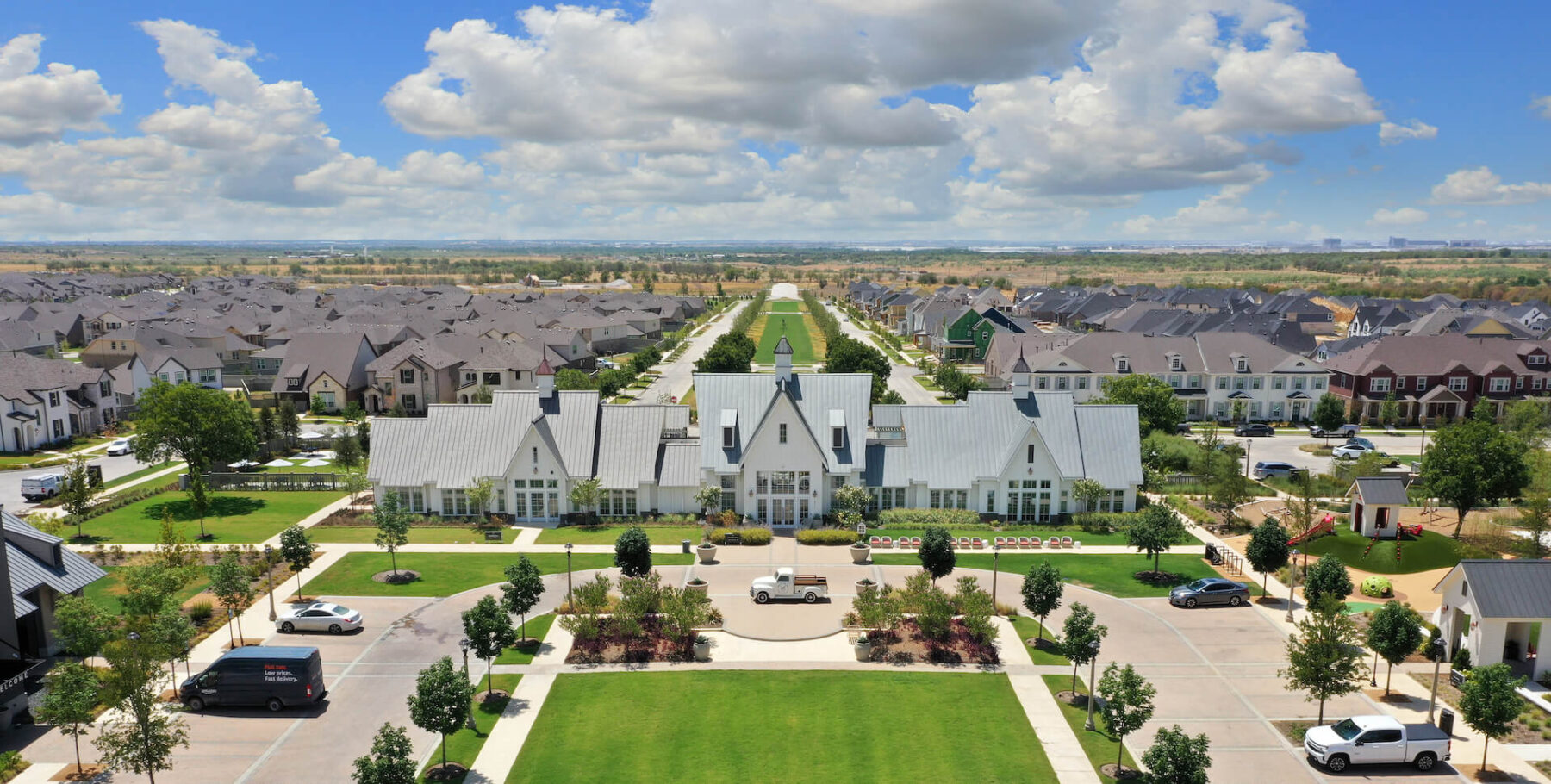

Blog
The housing market is currently experiencing a phenomenon known as the lock-in effect – a wide-sweeping groundswell of homeowners holding onto their low mortgage rates, many sitting around 3%, making it difficult for them (and others shopping for pre-owned homes) to move homes when they want to or need to. The rise in mortgage rates since 2022 was the catalyst for this issue, leading to significant changes in the real estate market and beyond. This article explores the lock-in effect’s impact on both existing and new construction homes, providing insights for potential buyers and homeowners alike.
Understanding the Lock-in Effect
The lock-in effect occurs when homeowners with low mortgage rates are reluctant to sell their homes, as leaving would force them into taking out a new mortgage at the higher prevailing rate. This effect is rooted in the psychological comfort of those who have secured a low rate, and find themselves sitting on a mortgage around 3% – which is significantly lower than the current market rates. Homeowners feel “locked in” to their current mortgages, leading to reduced mobility in the housing market. This has created a complex dynamic in the real estate landscape, influencing both buyers and sellers alike.
Lock-In Effect’s Impact on the Real Estate Market
The lock-in effect has had profound implications for the real estate market, affecting both existing homes and new construction, but a litany of other factors continue to inform the market.
COVID-19, the Real Estate Market, & Rising Interest Rates
The COVID-19 pandemic caused a surge in demand for homes as people sought more space for remote work and lifestyle changes. Low interest rates, which made mortgages more affordable, created an extreme sellers’ market. Prices skyrocketed and homes were selling sight unseen for more than their list prices.
COVID also caused a dramatic employment shift, with low unemployment rates causing a tight labor market. This, coupled with supply chain issues and other factors caused prices to rise, fueling inflation fears. In 2022, to dampen inflation, the Federal Reserve raised the federal funds rate, which caused mortgage rates to rise, a stark contrast to the historically low rates seen during the years from 2010-2021. Inflation fears continued and the Fed kept raising the federal funds rate, which caused mortgage rates to continue to rise.
As mortgage rates rose, the financial landscape for potential homebuyers continued to change as well. Those who had locked in low rates during the earlier period found themselves in an advantageous position, creating the lock-in effect. And the continued rise in rates has not only influenced individual decisions but also reshaped market dynamics, inventory, pricing, and overall market activity. Homeowners who secured low mortgage rates during the pandemic (and before) became less inclined to move. This created a tight housing market with limited inventory.
Existing Homes: Lock-In Effect Creates Inventory Shortages
When interest rates were at historic lows, home inventories were also low because demand exceeded supply. The shortage of inventory created a highly competitive market, where home prices rose across the board. Some buyers faced bidding wars and had to act quickly to secure a home. This competitive environment was particularly challenging for first-time buyers, who struggled to compete with more experienced or financially robust competitors.
As interest rates have climbed, demand for new homes has cooled and prices have stabilized as many buyers stay on the sidelines waiting for rates to go down. Inventories are still relatively low, due to the lock-in effect, which keeps growing families in entry-level homes, prevents empty nesters from downsizing, and keeps retirees from moving closer to their grandchildren.
Those giving up their 3% mortgage are largely doing so because of circumstances they can‘t control: job relocation, divorce, or similar situations. But overall, this lack of mobility can have far-reaching consequences, affecting not just individual families but also the broader economic landscape. For instance, it can limit opportunities for career advancement if individuals are unable to relocate for better job prospects. Additionally, it can shape community demographics and the availability of housing in specific regions.
New Construction Homes Inventory & Pricing
The lock-in effect has less of an impact on new construction homes. The construction of new homes helps to mitigate some of the supply constraints seen in the existing home market, providing a vital outlet for demand.
While inflation affects builders, their pricing strategies offer some flexibility, making new construction homes an attractive option for buyers even when rates are high.
Builders at planned communities offer both home sites and quick move-in homes, providing more options for buyers. These builders have made a considerable investment so they need to keep their inventory moving. This gives them an incentive to extend special offers to buyers such as free home upgrades. Builders with in-house mortgage departments can even offer rate buydowns or cash towards closing costs.
New construction homes present a significant opportunity to avoid the problems created in the pre-owned home market by the lock-in effect. Plus, these homes are brand new and built with the latest technologies and energy efficient materials. What’s more, when new construction homes are located in planned communities, like the ones developed by Hillwood Communities, buyers enjoy a whole host of desirable amenities, enhancing the overall lifestyle for residents.
The Lock-In Effect and Our Outlook for the Future
As of August 2024, rates for 15- and 30-year fixed rate mortgages have hit 12-month lows and indicators suggest they may decrease further in 2024 or 2025. A significant drop in rates could prompt many buyers to re-enter the market, potentially leading to another seller’s market with high competition. Given this possibility, it may be both strategic and wise to buy a home now and refinance later when further rate decreases make that a smart move.
In new home communities, competition for lots and floor plans is expected to increase, so purchasing sooner could secure better options and prices. The anticipation of lower rates creates a unique window of opportunity for prospective buyers, allowing them to navigate the current market with an eye towards future financial benefits.
Embracing Opportunities in New Construction
The lock-in effect is reshaping the housing market, particularly for existing homes. However, new construction homes offer a viable alternative with diverse benefits. Hillwood Communities’ award-winning lifestyle communities provide unique advantages, including modern amenities, move-in ready homes, and premier builders. For those looking to buy, now is an opportune time to explore new construction options and secure a home in a desirable, up-and-coming Texas community.
Contact Hillwood Communities today to learn more about our new home offerings and find your perfect home in one of our lifestyle communities!

